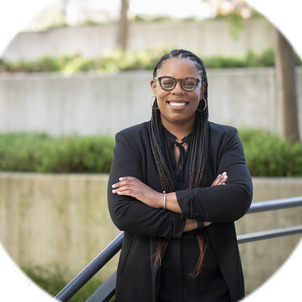As medical devices become more complex and require more information to make, we are asking what the best role for physicians is to play in this process? Some are concerned that physicians working with private firms creates a harmful conflict of interest. Our hypothesis however, is that if you combine a physician’s medical expertise with engineering expertise, as opposed to relying solely on a doctor’s or engineer’s expertise, you’ll be more likely to develop a new medical device that makes it through the FDA approval process.
At the Global Entrepreneurship Poster Session last week, two people who were running medical device startups approached me and asked, “Well we've got four physicians helping us, what advice would you give us?” So far, the data I am working with shows that it’s best to integrate doctors in a collaborative or advisory role. I was able to tell those people that you want those physicians in either a board member role, where they can advise the firm, or to serve as an evangelist, specifically attending medical conferences and talking about the product. If it's a product that is directly related to the doctor’s work, then you want the doctor involved in the product development stage. The key here is that doctors seem to have a more positive impact on medical device development when they are working with startups in more of a “part-time” role like inventor or board member rather than running the firm as a senior executive. This means they are advising but are still actively engaged in practice, so that they remain on the pulse of what’s happening in real-time in the field they are trying to improve or serve.
Related spotlights

Lara Weed

Sebastian Fernández

